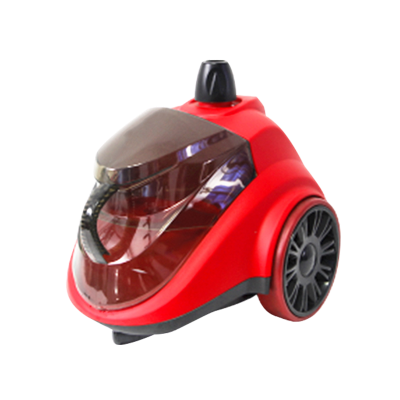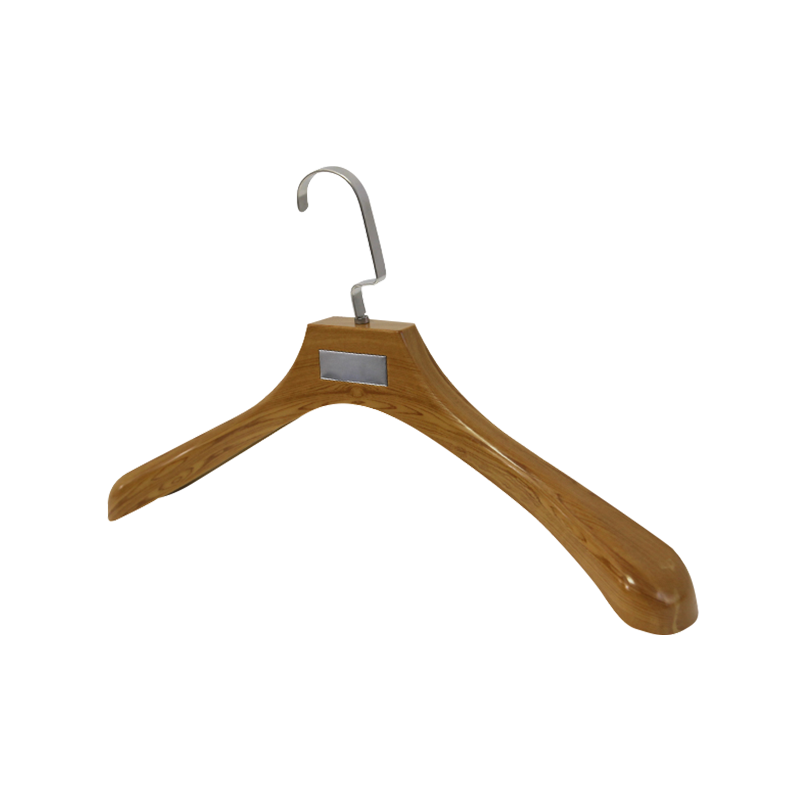A vertical electric steamer is commonly used for removing wrinkles from clothing and maintaining fabric appearance in homes, hotels, and retail settings. Like any appliance, it may lose effectiveness after prolonged use. Knowing when to replace it helps ensure safety and maintain garment care quality. The following four parts explain the key considerations in detail.

1. Decline in Performance
A noticeable drop in steaming performance is one indicator that replacement may be necessary. This includes issues such as reduced steam output or uneven steam flow.
Key points:
Weaker steam and slower wrinkle removal
Over time, internal components such as heating elements may wear out or accumulate mineral deposits. When the steamer struggles to heat water efficiently, clothing may require more time to treat, reducing productivity in environments like clothing stores or laundry rooms.
Frequent interruptions during use
If the device keeps shutting off or produces steam inconsistently, the automatic safety system may be reacting to internal faults. Repair attempts may not fully restore performance.
Difficulty handling thicker fabrics
Vertical steamers are often used for curtains, suits, or coats. When a steamer that once managed such garments now fails to smooth them, its functionality may be declining.
These signs suggest the device may no longer meet daily needs, and replacement could provide a more reliable steaming experience.
2. Safety Concerns and Frequent Malfunctions
Safety is an important factor when working with heated appliances and boiling water. Replacing a steamer may be necessary when safety risks emerge.
Key points:
Leaking water or steam from joints
Hoses, tanks, or nozzles can loosen with age. Leaks may scalding hazards or damage to flooring and fabrics.
Electrical issues
Sparks, burning smells, flickering lights, or discolored power cords indicate potential electrical faults. Continuing to operate the appliance may create risk of electric shock or short circuits.
Overheating and unexpected shut-offs
Some protective systems activate if internal temperatures rise too high. If overheating occurs repeatedly, it may signal component failure that cannot be sufficiently repaired.
Rust or heavy scale buildup inside the tank
Hard water can cause mineral accumulation that blocks pathways or contaminates steam. When the buildup is severe and difficult to remove, replacing the steamer may be more practical than disassembling or servicing its internal parts.
Replacing a device with these issues helps ensure a safer working environment for users.
3. Cost Inefficiency and Repair Limitations
At a certain point, continuing to repair a steamer may cost more than purchasing a replacement. Evaluating repair practicality helps determine the right moment to upgrade.
Key points:
High repair costs
If replacing heating elements or internal pipes approaches the cost of a new unit, it may not be financially reasonable to continue fixing the old one.
Incompatible or unavailable parts
Older models may no longer have replacement parts on the market. Manufacturers frequently update designs to match new standards in efficiency and performance.
Decreased energy efficiency
Aging appliances often require more time and electricity to produce steam. This could increase utility expenses over long-term use.
In commercial environments such as garment workshops or boutiques, unreliable equipment may also affect productivity. A new steamer can help businesses maintain steady workflow and garment quality.
4. New Functional Requirements
Sometimes replacement is not because of failure, but because user needs or industry expectations evolve.
Key points:
Advanced features in newer models
Recent steamers often include adjustable steam settings, anti-drip improvements, faster heating elements, or ergonomic handles. If the older device lacks functions required for modern fabric care, upgrading may support better results.
Changes in usage scenario
A household that previously steamed occasional shirts might begin caring for school uniforms or work attire daily. In that case, a steamer with higher power or a larger water tank could bettWhen should a Vertical Electric Steamer be replaced?er handle frequent use.
Compatibility with delicate or specialized fabrics
Some textiles—like silk dresses, wool coats, or decorative curtains—require controlled steam performance. Choosing a replacement designed for such materials helps protect garments from damage.
As expectations shift, an updated steamer can provide convenience and match current fabric-care standards.



 Language
Language  English
English 中文简体
中文简体 Español
Español русский
русский








